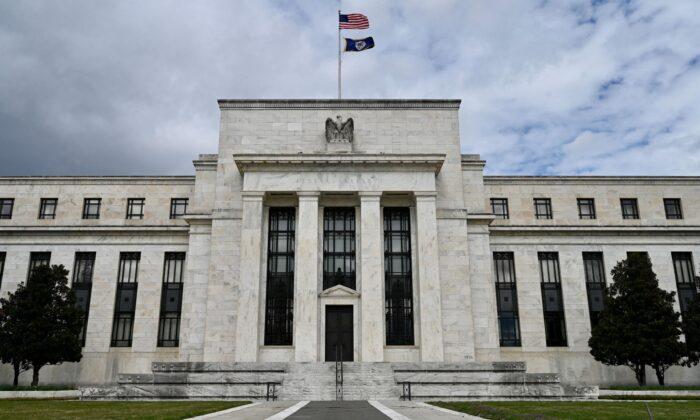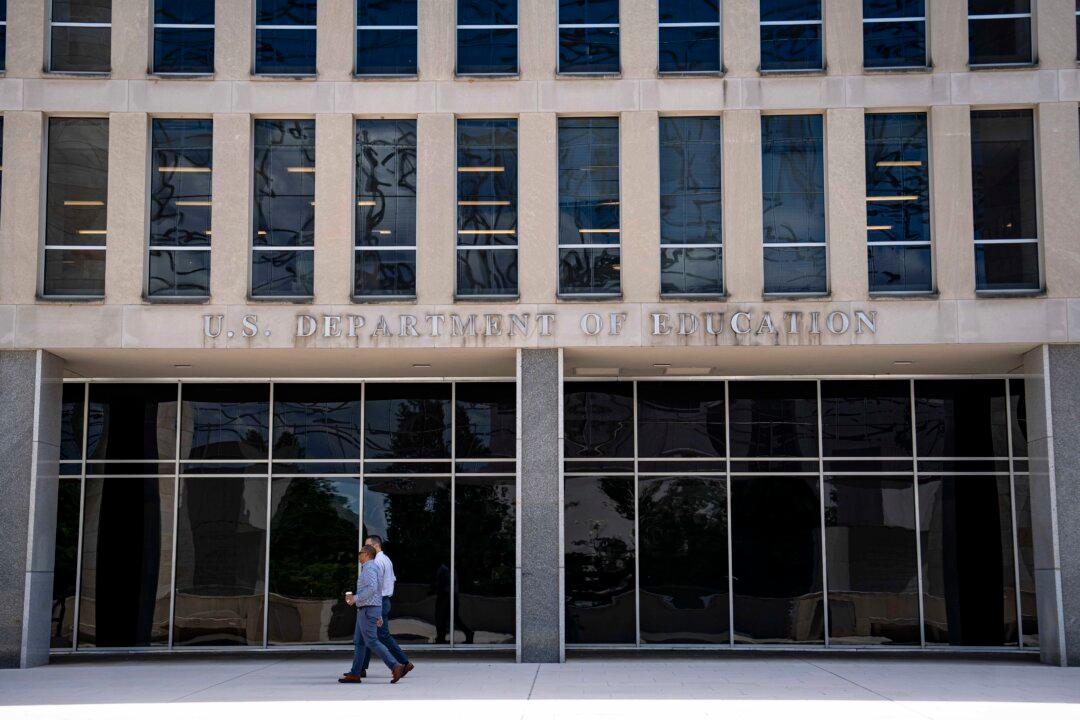There are three great questions roiling public life today.
First, why did they (meaning the elites in charge of our lives) not see this coming?
Second, why did they believe they could control it?
Third, what happens to them now that they have proven to have made such enormously costly errors that have devastated the lives of millions and billions of people?
This pertains to so many areas of life today, most prominently public health and monetary policy. There are analogies between the two.
Policy in both areas is directed by a monopoly of control informed by select experts. These people have all necessary credentials. They talk and behave as if they have it all together whereas the rest of us are mere commentators and observers. They believe that their power, which they imagine is total, is vital for saving the world from some terrible fate.
They also have a remarkable capacity for living in denial of the disasters they create. Even when their credibility tanks to nearly nothing, even when none of their predictions come true, even when they have been revealed to be cranks in the pockets of powerful pressure groups whose interests they serve over those of the public, even when the politicians who defend them tank in the polls, they habitually minimize their failures, even while planning their escape from culpability.
At some point, it all becomes too much. The reality on the ground is more powerful than their press conferences and op-eds. Their rhetorical spins, their attempts to silence the critics, and their invocation of their once-respected power and prestige all turns to dust. This seems to be where the Federal Reserve is today.
“First denial, the refusal to accept the mounting evidence that we are on the wrong track. Next, complacency: Even when the inconvenient facts are reluctantly acknowledged, a misplaced confidence that a small adjustment is all that is needed to snatch victory from the jaws of defeat. When that fails, the policy maker turns to wishful thinking, a doughty insistence on expecting the best in the face of the worst—everything will be all right; we have a plan premised on all the best possible assumptions. This is the terminal stage: At some point the full extent of the catastrophe is evident.”
What has changed, according to Bernanke? The Fed is now independent of politics and cannot be muscled by the U.S. president. Second, the Fed feels a greater burden these days to solve the problem rather than let it run out of control for many years. Third, the Fed has decades of experience now in keeping inflation controlled and relatively low, and now the knowledge of how to do that is embedded in its operations.
The entire piece perfectly embodies Baker’s final stages just before “the full extent of the catastrophe is evident.”
In many ways, Bernanke is himself responsible for the overconfidence at the Fed that it can manage any crisis that comes its way. This was the lesson that the Fed took—Jerome Powell in particular—from the 2008 financial crisis. Yes, it engaged in massive quantitative easing, but, no, it did not result in pumping up prices in an overall inflationary boom. That experience instilled in the Fed an inflated view of their own prowess.
The difference between 2008 and today is profound. Bernanke’s trick to contain the bad consequences of too much quantitative easing was to reflate banking capital but incentivize the banks to keep deposits in the Fed’s own balance sheets. The new money shored up the financial system, at least on paper, but otherwise went into cold storage rather than become part of the hot money on the streets. As a result, every prediction that QE would result in inflation turned out to be wrong.
In retrospect, the Fed created an even bigger disaster internally. Its economists and managers came to believe in their own infallibility, even toying with some version of Modern Monetary Theory wherein there is no real macroeconomic downside to any amount of money pumping that the Fed does. So when the lockdowns came, and Congress started authorizing spending in beyond-belief amounts, the Fed stepped up to the plate and fed the machine the only food it has: more paper.
Jason Furman, chairman of Barack Obama’s Council of Economic Advisers from 2013 to 2017, told the Journal the core of the problem with the pandemic response. “We fought the last war.” Indeed they did but with one huge difference. Instead of keeping the new money locked in vaults, it was handed out by the many trillions to individuals and businesses. That changes everything. It’s extremely revealing that the Fed apparently did not anticipate the consequences.
Here we see another parallel between public health and monetary policy. In both cases, the bureaucracies have doggedly refused to believe that history has anything to teach them. In the case of public health, thousands of years of pandemics should have been instructive concerning seasonality, natural immunity, and the impossibility of eradication of widely prevalent respiratory viruses. In the case of monetary policy, there is also thousands of years of documented evidence concerning the effects of sudden and rampant money expansion to deal with a crisis.
In both cases, the institutional confidence that powerful elites could fix any problem outstripped all realistic assessments of risk. More maddening still is the problem of accountability. In the private sector, mistakes come with a price. The Fed chairman was recently reappointed to his role, and the director of the CDC still acts as if she embodies all the science of infectious disease.
Has the Fed done a good job? Look at the big picture. It was founded in 1913. Here is a picture of what its management has done to the value of the dollar in 109 years of monopoly control.
![(Data: Federal Reserve Economic Data [FRED], St. Louis Fed; Chart: Jeffrey A. Tucker)](/_next/image?url=https%3A%2F%2Fimg.theepochtimes.com%2Fassets%2Fuploads%2F2022%2F06%2F14%2F1-JAT-2022.06.14-1200x761.png&w=1200&q=75)
And yet these people have the gall to sit in Congressional hearings and go on TV and assure us time and time again that they have it all under control.
Such is the arrogance cultivated within the administrative state as we know it. It’s the leading problem in the world today. We need dramatic reform of the entire system in order to bust up these monopolies of power and opinion. They are proven failures. And yet the political class keeps protecting these institutions because they give elected leaders cover and someone to blame when things go wrong.







